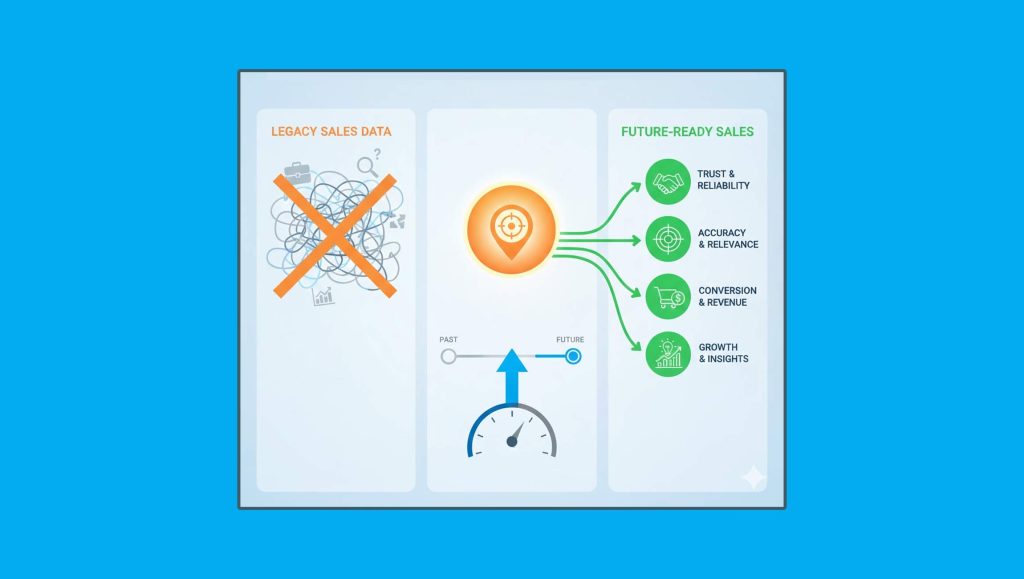Robotic Process Automation (RPA) empowers a sales/marketing team to gain more with fewer resources by doing the heavy lifting with data and performing all the repetitive tasks. According to research by UiPath, 68% of global workers believe that automation makes them more productive, and a separate study suggested that 57% of workers say RPA reduced manual errors.
That said, RPA is used extensively to automate repetitive tasks both in the back and front office that require human intervention. Some common uses of RPA that we encounter on daily basis are data entry, data extraction, and invoice processing.
Companies are looking for innovative technologies that can redefine how traditional business processes are performed. RPA is one such innovative tool as it helps to improve the ops efficiency and offers cost savings through automating time-consuming and repetitive tasks or other processes with high operational costs. Let us understand it a bit more in the following section.
Robotic Process Automation, and its importance
RPA or Robotic process automation is a technology imitating human actions within computer systems with the help of bots. The RPA bots are algorithms that are “taught” to execute specific activities, which are mostly repetitive, mundane, and rule-based, which consume too much time when performed manually.
However, the nature of the above-mentioned tasks hardly falls under the scope of a sales team, but the reality is a little different. Increasing market competition and digitization force sales managers to be more attentive to clients’ needs and structure their work on all contact points. As a result, there are more customer entries to be made. While a CRM must share these repetitive tasks, it is not always possible.
Read More: Logiwa Launches Powerful Software For Order Fulfillment Analytics
Implementing robotic process automation may have several benefits such as:
- Improved accuracy and productivity
- Optimized workloads leading to time and labor savings
- Better customer relationships with the help of bots.
- Clear reporting
Scope of task automation in sales
Engaging new customers is often based in the intersection of marketing and sales. While marketing has gone farther in adopting automation, several sales processes still rely on human input. As per a report by McKinney Global Institute, around one-third of sales tasks can be automated.
Here are some examples of high automatable repetitive tasks in each of the key areas of the sales workflow.
- Strategic planning includes workforce planning, forecasting, resource allocation, and more.
- Lead qualification that includes pipeline management.
- Quotation includes quote setting, negotiating, and preparing contracts.
- Order management including invoicing, credit checks, and more.
- Post-sales management that includes regular monitoring and follow-ups.
- Supportive function for reporting and analysis.
Read More: SalesTechStar Interview with Miles Kirkpatrick, Chief Revenue Officer at Productiv
Use cases of RPA in Sales
Quote-to-Cash
Every business sells to survive. When there are issues on the operation side of selling, they can result in customer complaints. Automating these tasks with the help of RPA helps in:
- Reducing the rate of manual errors
- Reducing costs
- Providing a faster service to customers.
Such automation requires technologies like NLP and computer vision. Companies can extract information from each conversation of the customer to have structured data around orders. One of the leading companies working in this area is Hypatos.
Procure-to-pay
Procure-to-pay processes involve streamlining invoice and payment data from multiple systems such as supplier’s emails, CRM, ERPs, and more. As not all the systems shall offer easy integration, there is a huge scope of manual error. RPA bots can easily fill this gap. As they work on the front-end, they can provide an easy way to integrate systems.
With a fully automated procure-to-pay, companies can ensure that best practices are followed, and there is a single source of truth for all the transactions.
Reporting
Take this example where a sales team lead accumulates data on the productivity of 13 sales reps based on their daily activities amidst various sales channels such as phones, calls, emails, or offline communication. The team lead needs to gather all the information, and calculate bonuses depending upon the input of each sales rep leading to a time-consuming process right from data gathering to building reports.
A simple solution is an RPA bot. The bot will easily accumulate data from all the sources and input the same into the CRM system. CRM system will calculate each sales rep’s bonuses automatically. Later, the bot creates graphs and charts on the team’s productivity and email them to the stakeholders.
After going through the above examples, we are sure that adopting robotic process automation leads to improved sales and revenues in an organization.
Final Word
Despite technological advancements, most sales teams face situations where they must depend upon human entries for data management, aligning customer data, updating CRMs, and more. RPA can easily take the burden off and provide the team with more time for communication with customers and prospects.
RPA in backend operations is helpful, and in turn, it improves sales/marketing goals.
Read More: Championing Digital Transformation Into Organisations





















